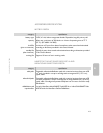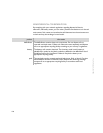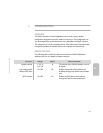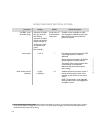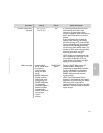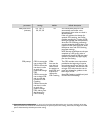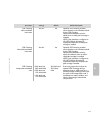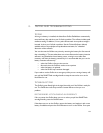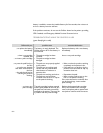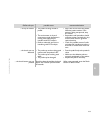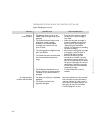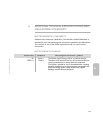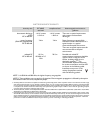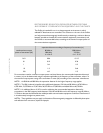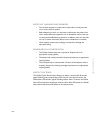
PHILIPS MEDICAL SYSTEMS
G-1
E
G TESTING AND TROUBLESHOOTING
TE ST IN G
As long as a battery is installed, the HeartStart OnSite Defibrillator automatically
tests itself every day and alerts you if it finds a problem. The self-test includes pads
readiness testing. In addition, it runs a pads self-test each time a pads cartridge is
inserted. It alerts you if it finds a problem. See the Technical Reference Manual,
available online at www.philips.com/productdocumentation, for a detailed
discussion of the self-tests.
You can also test the OnSite at any time by removing the battery for five seconds
then reinstalling it. This test takes about one minute. Because the battery insertion
self-test is very detailed and uses battery power, running it more often than
necessary will drain the battery prematurely. It is recommended that you run the
battery insertion self-test only:
• when the OnSite is first put into service.
• after each time the OnSite is used to treat a patient.
• when the battery is replaced.
• when the OnSite may have been damaged.
If you need to use the OnSite in an emergency while you are running a battery self-
test, pull the SMART Pads cartridge handle to stop the test and to turn on the
HeartStart for use.
TROUBLESHOOTING
The OnSite’s green Ready light is the signal that tells you if the OnSite is ready for
use. The OnSite also uses chirps and the i-button flashes to alert you to a
problem.
RECOMMENDED ACTION DURING AN EMERGENCY
If for any reason the OnSite does not turn on when you pull the SMART Pads
cartridge handle, press the On/Off button.
If that does not turn on the OnSite, remove the battery and replace it with a new
battery if available and press the On/Off button to turn on the OnSite. If no spare



